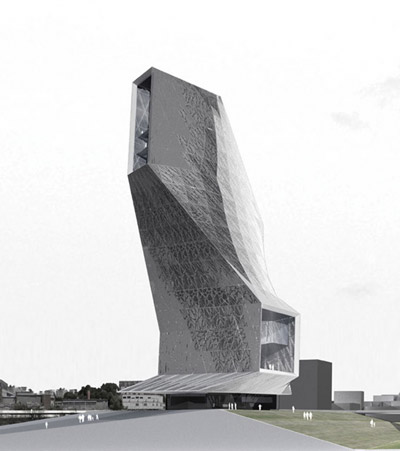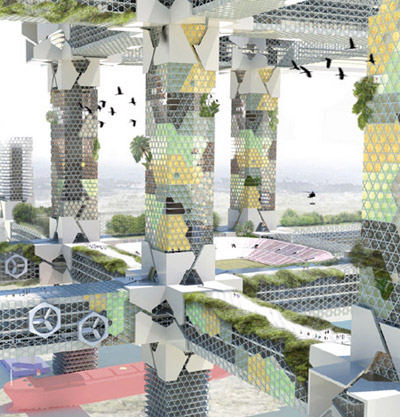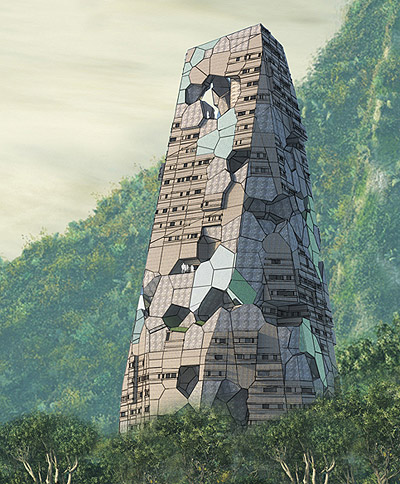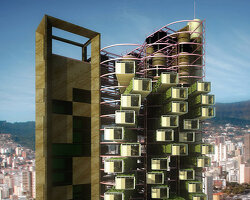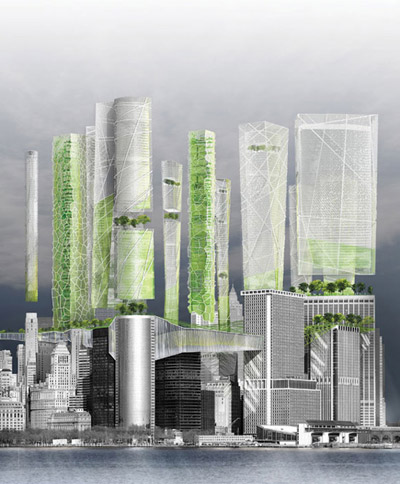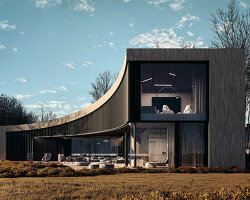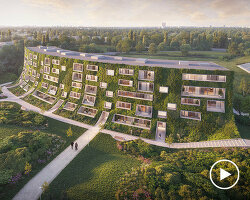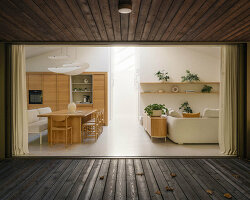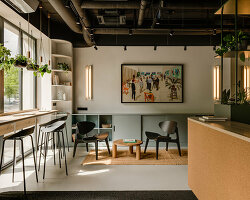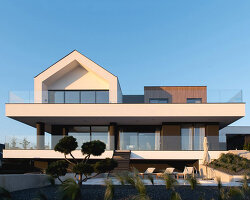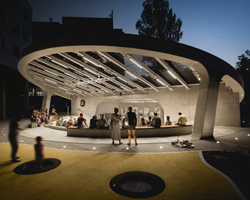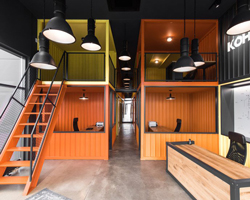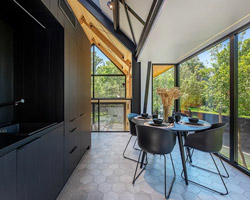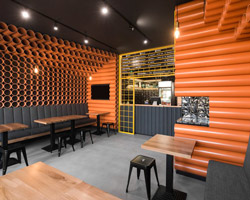KEEP UP WITH OUR DAILY AND WEEKLY NEWSLETTERS
PRODUCT LIBRARY
the minimalist gallery space gently curves at all corners and expands over three floors.
kengo kuma's qatar pavilion draws inspiration from qatari dhow boat construction and japan's heritage of wood joinery.
connections: +730
the home is designed as a single, monolithic volume folded into two halves, its distinct facades framing scenic lake views.
the winning proposal, revitalizing the structure in line with its founding principles, was unveiled during a press conference today, june 20th.
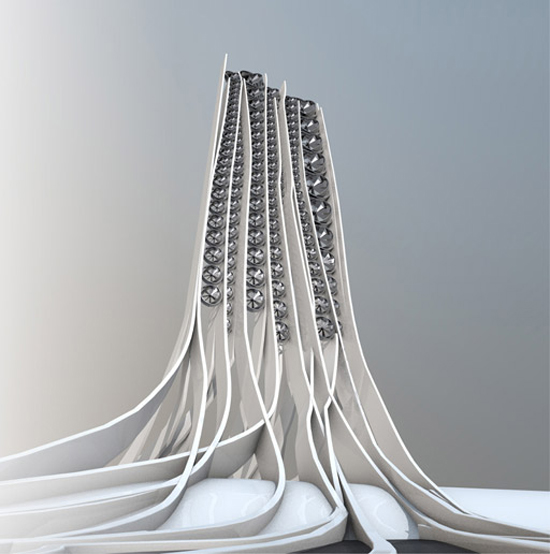

 ‘gesterbine’ skyscraper turbines
‘gesterbine’ skyscraper turbines chosen method of human gesture research: human body tangled in LED lights and camera set on long exposure in the darkroom and experiments in 3D using cardboard models out of vectorized photos.
chosen method of human gesture research: human body tangled in LED lights and camera set on long exposure in the darkroom and experiments in 3D using cardboard models out of vectorized photos. ‘gesterbine’ skyscraper models
‘gesterbine’ skyscraper models  wind is converted in energy during day, at night river water is pumped into the land to create and support water retention.
wind is converted in energy during day, at night river water is pumped into the land to create and support water retention. ‘gesterbine’ turbine blades takes advantage of higher than average wind speeds of wielkopolska (greater poland).
‘gesterbine’ turbine blades takes advantage of higher than average wind speeds of wielkopolska (greater poland).